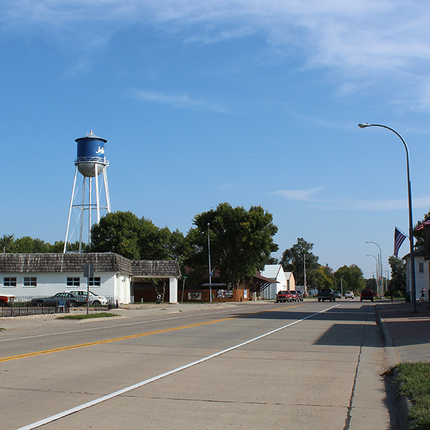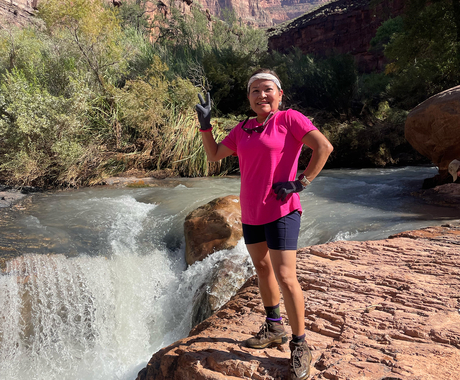By Jordan Rasmussen, former staff member
Disparity in rural high-speed internet access has recently garnered national attention.
The internet is now one of the most basic modes of how people find employment, attend college, work, handle their finances, and receive medical care. However, especially in rural areas, the internet is not available to be utilized in its full capacity.
Earlier this summer, Microsoft released a report outlining strategies to eliminate the rural broadband gap by 2022 for the more than 23 million rural Americans without access. Beyond funding and the leveraging of innovative and cost-efficient technologies, public-private partnerships are key to the strategy.
In order to bring in public sector participation, citizens will need to remain actively engaged in state and local internet access conversations.
Rural residents need to draw attention to the limitations that slow or non-existent internet speeds impose upon access to everyday educational and economic opportunities. Demonstrating the magnitude of the digital divide places pressure upon local and state governments to update policies and leverage collaborative funding streams for the benefit of all citizens.
Funding opportunities and legislative changes are key to the extension of internet access to all residents. The ability to expand broadband access in rural communities expands social and economic opportunities for Americans. But, it will take partnerships, community action, and citizen participation to help close that divide.





